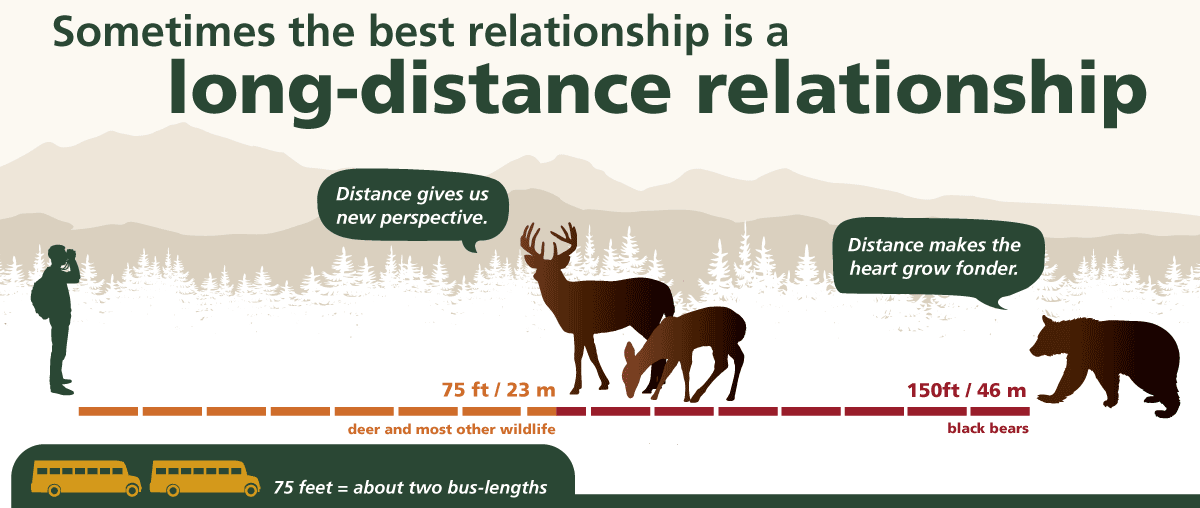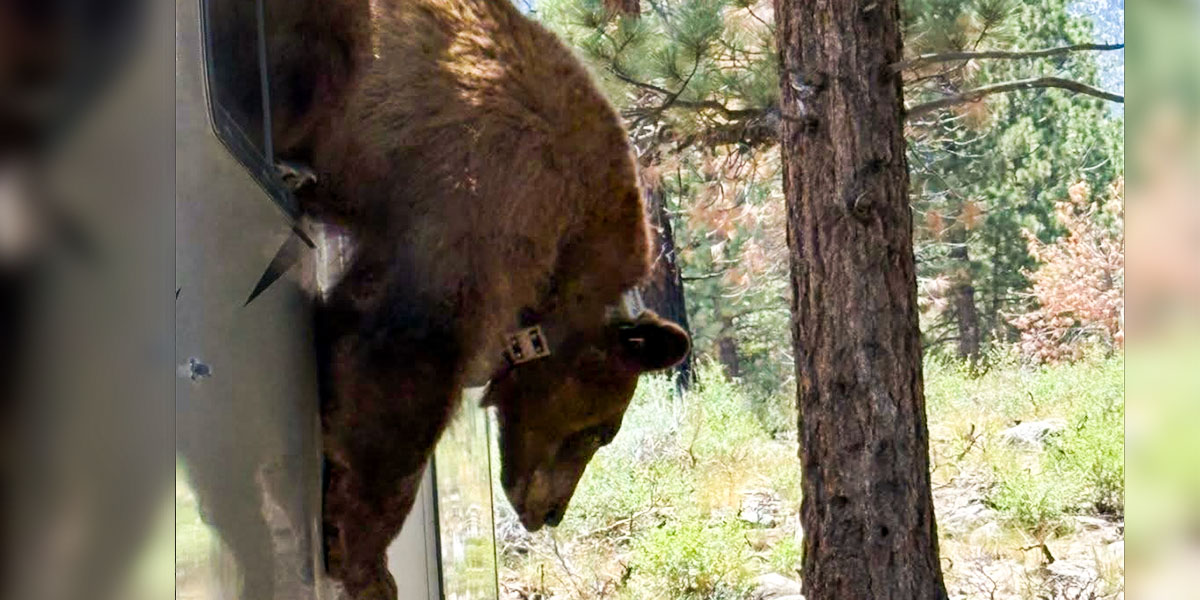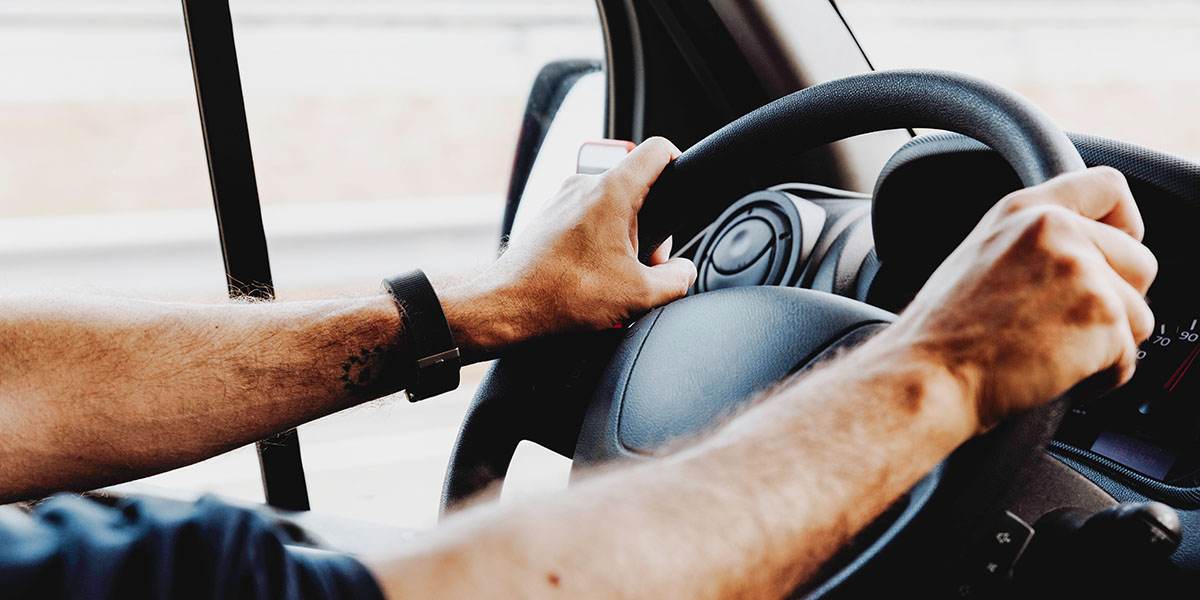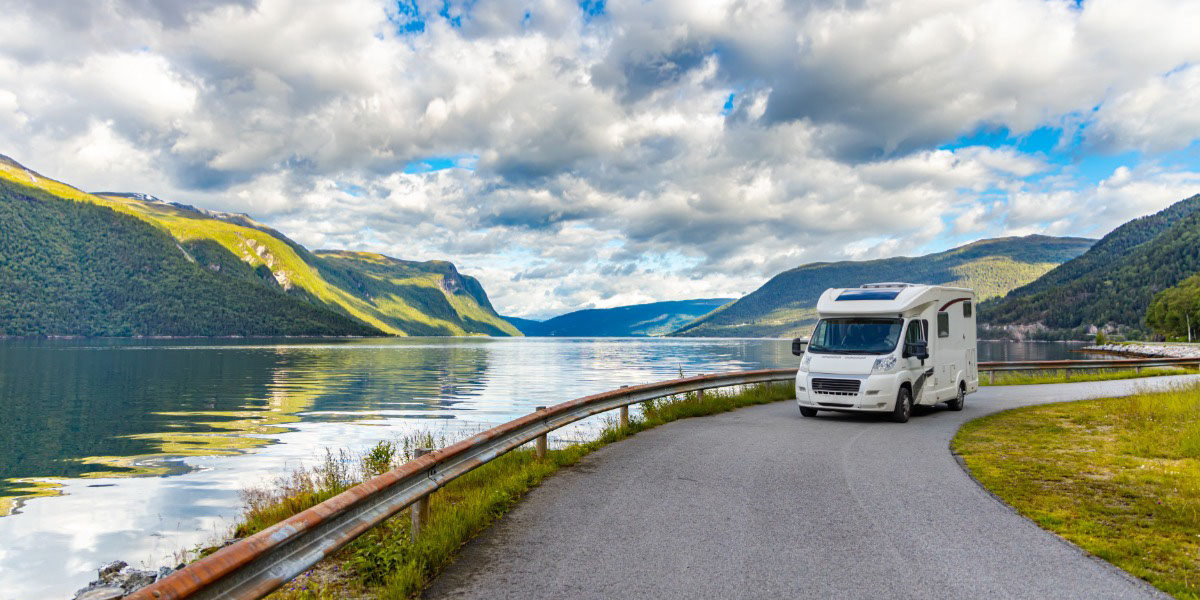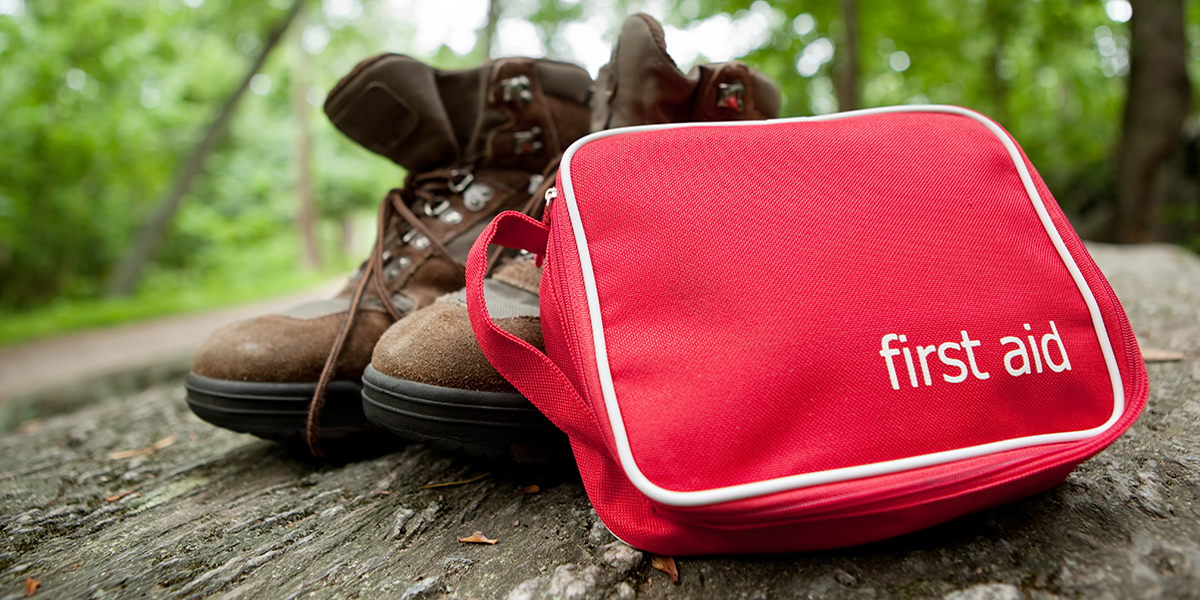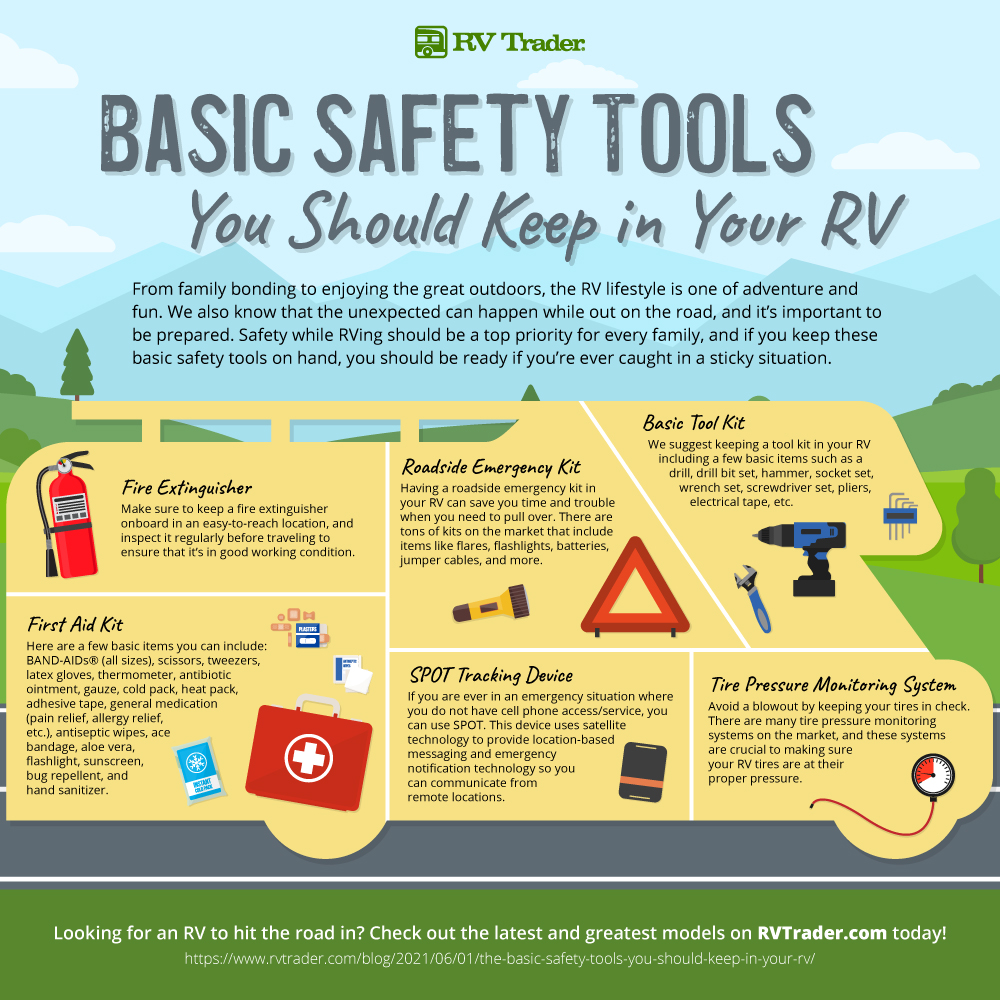When shopping for a larger motorized RV, one of the challenges many people fear is just driving the thing around. But it’s surprisingly less challenging than you might anticipate.
As with so many things, practice makes perfect. Whether it’s a large motorhome or even a small trailer, putting in the hours behind the wheel can mean the difference between nerves of steel and chattering teeth.
Read on to learn how to safely practice driving a motorized RV, and what you should focus on to help you go from mystery to mastery behind the wheel even of the largest rigs.
Before You Start: Adjust Your RV’s Mirrors
You already know how to adjust the mirrors on your daily driver, but adjusting the mirrors on your RV is another thing altogether. To help explain the difference, I reached out to Peter Knize of The RV Geeks, who has been a professional bus driver and is a recognized leader in training people to drive larger RVs.
“The two mirrors – flat and convex – need to be used together as a team,” says Knize, because neither mirror on its own provides all the information you need from behind the wheel. The convex mirror lets you keep an eye on objects beside your RV, while the flat mirror lets you look farther away. When adjusting your mirrors, you want to see vehicles and terrain transition from one mirror to another – setting the “crossover point” – near the rear corner of the vehicle.
The flat mirror on the passenger side of the RV, meanwhile, should be adjusted with the horizon visible near the top and the awning arm just visible at the edge of the glass. Read Knize’s full article for photos and illustrations to show what you should be able to see in the mirrors and what the effective field of view is, seen from overhead.
Many newer RVs will have blind spot or proximity sensors to tell you that there may be a vehicle in the lane next to you. Though these notifications are handy, they do not take the place of your own visual confirmation using properly adjusted mirrors.
Practice in a Parking Lot – With Cups
When I worked at a RV dealership, something I would do with the more nervous drivers is go to an open parking lot with a package of plastic disposable cups. These things make quite a loud sound when you run them over, yet the consequences of doing so are nothing to worry about.
We would outline the borders of a typical camp site and parking lot with the cups, then the driver would practice maneuvers that were challenging for them – with the radio off and the windows open so they could absolutely hear if they smashed one of the cups. Then it was practice, practice, practice.
Turning: Radius and Clearance
Large vehicles, whether they be a Class A or a towable, will obviously require more maneuvering around corners, especially in tight circumstances. Knowing how much space to give your rig around a bend is a key maneuver to master.
If you’ve ever watched a city bus navigate a corner, it’s not much different in a larger RV where you may have to drive a bit past the corner before you start to make your turn.
This is where the plastic cups can be very helpful in getting the exact distance down. Knowing where to start your turn can make the difference between an unremarkable change in direction and a trip-ruining run-in with local flora.
Turning, Part 2: Off-Tracking
This is a common term for truckers and something RV owners should learn. When driving in a straight line, the rear wheels follow the same path as the front wheels. However, off-tracking occurs when you turn the RV and the rear wheels follow a different path than the front wheels. If you’ve ever towed a trailer, you’ve seen this in action.
A number of things affect this, but it’s primarily the distance between the centers of the axles on your RV, known as the wheelbase, and how tightly the front wheels can steer, known as wheel cut.
So, even if you’ve navigated the front wheels around a corner, the rear wheels take a different path and can jump the curb or worse if this isn’t taken into account. According to another article from The RV Geeks, one of the most common places to see damage on larger rigs is right in front of the rear wheels where a driver didn’t account for off-tracking sufficiently.
Again, the plastic cups can help you learn how the rear wheels of your RV follow the fronts.
Low-Speed Maneuvering: Rear Overhang
Even though the plastic cups are very good at letting you know when your tires aren’t where they’re supposed to be, your RV can extend quite a distance beyond its wheelbase. One of the first things operators of any larger vehicle should be aware of is their vehicle’s rear overhang. This is the portion of the RV behind the rear axle of the rig.
When you’re turning the front of the RV one way, the back end swings the opposite direction. This is also true of larger trailers, too, and can be an area where drivers can get into trouble at filling stations and the like.
Knowing how the back of your RV swings when completing any turning maneuver is one of the techniques absolutely worth mastering. This, again, can be practiced in a large parking lot, but you’ll want to have a spotter to point out where the outside corner of the RV goes when turning, and when it goes out of bounds for your simulated camp site.
Keep a Departure Checklist
Recently I was camping with a group from a rally and one of the attendees was happily setting off and waving at all of us while towing his Jeep – that was still in park. Yikes.
The first thing I do when leaving the campground is turn off the radio and open the windows. This lets me hear anything that might be amiss, such as a vehicle being towed in park. Or even the sounds the engine and hitch – if there’s a hitch – are making.
I also firmly believe that, no matter how experienced you are, having checklists is essential. This can really come in handy at those rallies and gatherings where you’re greeting old friends as you arrive and bidding new friends adieu when you leave. Getting caught up in all the hustle and bustle can be distracting and cause you to forget your usual process.
As for the guy with the Jeep, I literally ran behind him for almost the whole length of the campground yelling and waving my arms like a madman. So, here’s a bonus tip: Be aware of what’s around you as you’re coming and going.
Go to an RV Rally
Speaking of which, one of the places where you can get experience with a professional is at some of the larger RV rallies. Many of the bigger gatherings feature hands-on driving workshops and classes that can be very worth the time.
If you haven’t attended an RV rally yet, this might be the perfect reason.
Hire a Coach
If you have the budget, consider hiring someone familiar with the type of vehicle you’re driving. If it’s a large Class A, reaching out to a transit bus company and hiring one of their better drivers to sit in the passenger seat and share their tips could be a great option.
Another idea might be to reach out to a local RV dealership and hire one of the transport drivers for the day.
Lastly, you may even be able to reach out to the local school district and hire one of their bus drivers. If they can haul around dozens of screaming students while making all their stops without incident, they can certainly help you master your nice, quiet RV.
Practice, Practice, Practice
If you want to learn more about driving a large RV, the two articles Peter shared with us will help fill in a lot of the mechanics behind these maneuvers.
Once you’re ready to put the theory into practice, setting up a closed course in an empty parking lot, attending a class at a rally, or even hiring a professional commercial driver are all ways to get time behind the wheel to help you assuage your fears and head out on the road to adventure with confidence and a big smile.
